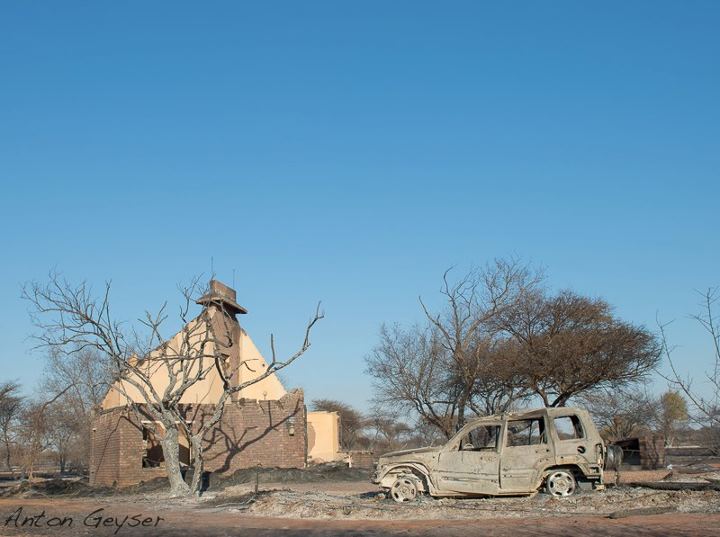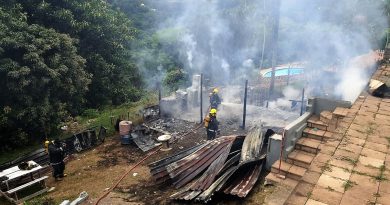How can I protect my home’s thatch roof from fire hazards?
With its charming aesthetic appeal combined with great insulation properties, the thatched roof has formed an integral component of the South African architectural landscape since the arrival of the first settlers in the Cape. But, as beautiful as a thatched roof is, it can also be a fire hazard if appropriate safety measures are not observed.
Common ignition sources for thatch fires include electrical faults, hot chimneys passing through thatch, lightning and power surges. On rare occasions, embers from open flames such as bonfires or braais can be blown onto highly combustible materials, such as dry trees, wood piles – or a thatched roof.
By following this handy guide of simple yet essential practices, you can get the most from your roof without facing any undue risks.
Lightning protection
All houses with thatch roofs must have lightning conductors installed to protect them from lightning strikes which can cause a fire. The conductor must be SABS Code of Practice compliant. If the house is very high or large, the lightning conductor in turn has to be suitably high to provide a cone which covers the entire roof. This requirement can be addressed by installing two masts, or even installing a mast on a chimney. For single masts, the roof must fall within a 45 degree angle from the highest point of the mast downwards. You should also make sure that the 45 degree cone is at least one metre above the roof of the building.
Fire retardants
The thatch should be treated with a fire retardant. There are various retardant chemicals available that can be applied to thatch by immersion; typically, the application of fire retardant is done during routine professional maintenance which is required for a thatched roof. In new houses, a fire resistant layer should be installed inside the thatch as the roof is installed.
Drencher water systems
One of the best measures for preventing fires from spreading between thatched roofs is the installation of a drencher water system at the highest part of the roof. A dedicated drencher water system cascades water over and down all the exposed thatch in the event of a fire. While this may not save the property when a fire starts, it can prevent the spread of fire from one roof to another (which occurred in the 2012 Cape St. Francis fire) to minimise the risk of destruction to multiple properties.
Other precautions
Standard safety measures which should be observed wherever possible with a thatched roof include:
- An adequate water supply should be nearby (together with a long hosepipe);
- Fire extinguishers should be kept (and checked annually);
- Ensure chimneys comply with applicable safety regulations;
- Avoid the potential for electrical faults by being vigilant and conducting regular maintenance.
Lapas
Lapas are often built close to boundary walls and can endanger neighbours, especially in windy conditions. Keep the area around the lapa clear of anything that might be a potential fire hazard.
Properties with thatched roofs are more prone to fire than other buildings. Despite the heightened risk, thatched houses are insurable, but it is advisable that owners of these homes or buildings take specific measures to reduce risk to improve their ability to source affordable insurance solutions.
For a no obligation home insurance quote from MiWay visit www.miway.co.za
Also view:
Safety from Electricity and Preventing Electrocution and Fire
MiWay is an Authorised Financial Services Provider (Licence no: 33970)
MiWay Insurance Limited (‘MiWay’) is a direct, short-term insurance company, offering customers a range of short-term insurance products including motor, household and homeowners insurance as well as add-on products such as warranty cover and liability cover. MiWay’s shareholder is Santam, a blue-chip JSE-listed company.





